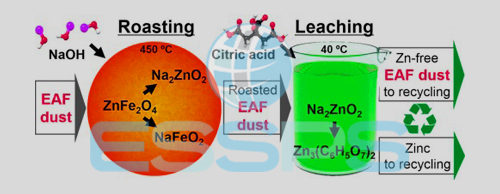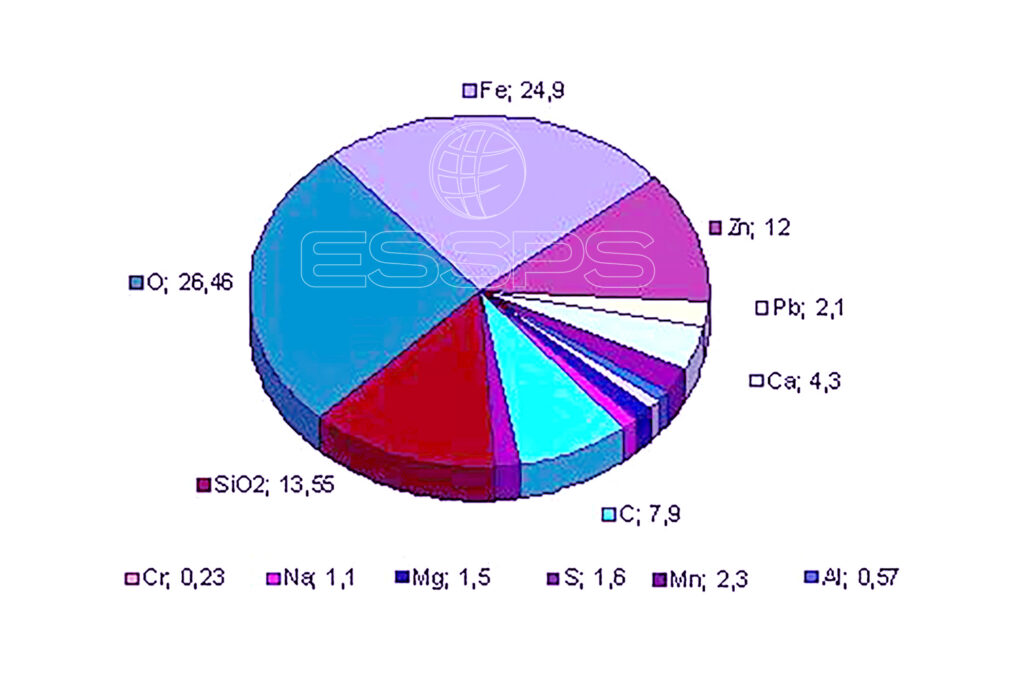ZINC Oxide


Zinc oxide – also known as zinc white or calamine – is an inorganic chemical compound, found in nature as a mineral called Zincite. It’s a white powdered chemical compound with slightly antiseptic and astringent action that reacts as a topical protectant. Although, Zinc oxide exists naturally, most of the zinc oxide supply is generated synthetically due to its wide usage and applications.
Economic value:
Zinc oxide particles in both micro and nanoscale play important roles in our daily life and industrial field due to its distinguished properties such as; high heat capacity, high thermal conductivity, high temperature stability, low expansion coefficient, Low toxicity, astringent and protective properties which enables it to take part in various industries.
Application Areas of Zinc Oxide:
Zinc Oxide has a wide range of industrial applications due to its unique physical and chemical properties.
· Rubber Industry:
Over 50% of the manufactured ZnO is used in rubber industry due to the following reasons:
– It’s used as a vulcanizing activator in rubber to fabricate products such as; shoe soles and tires.
– ZnO improves thermal conductivity and abrasion resistance of rubber.
– ZnO increases the life time of cable insulators by reducing its water absorption.
· Ceramic Industry:
Zinc oxide has been used in many ceramic objects in our daily life, such as:
– Wall and floor tiles
– Sanitary objects
– Tableware and cookware
– Heat-resistant glass
Zinc oxide addition to concrete provides longer processing time and water resistance. It is also used in quick-setting cement.
· Food industry:
Zinc oxide has been listed safe by the US food and drug administration. It’s used to increase the nutritional value of food and may be found in these products; breakfast cereals, nutrition bars, nutrition drinks and food supplements.
· Medicine industry:
Zinc oxide has many applications in medicine industry due to;
– It’s soothing, astringent and protective properties.
– Low toxicity and biodegradable which make it highly used in biomedical field.
– Reflects ultraviolet radiation so it can be used as a sunscreen.
ZnO nanoparticles are also applied in medicine industry and can be used as food powders, ointments, zinc soaps, dental inlays.
· Paints and Coatings industry:
ZnO is highly preferable in coating industry as it provides multifunctional properties such as antimicrobial activity, photo-catalytic self-cleaning, UV protection, hydrophobicity, flame retardency, moisture management and thermal insulation, and electrical conductivity.
· Cosmetics industry:
Zinc oxide has a wide range of applications in cosmetic industry due to;
– ZnO used as a broad-spectrum UV absorber which make it suitable to use in several cosmetic products such as moisturizers, make-up products, ointments, lip products, and hand creams.
– ZnO helps cosmetics to be adhered by the skin more easily.
– Effective in both UVA (320-400 nm) and UVB (290-320 nm).
– Active ZnO is used in acne treatment products.
– ZnO nanoparticles are used in antibacterial products and fungal treatment lotions due to its antibacterial and antifungal properties.
– ZnO nanoparticles are also used in anti-dandruff shampoos, deodorants and nappy rash creams.
· Catalyst Applications:
ZnO can be used as a catalyst in;
– Manufacturing of methanol.
– ZnO is mixed with chromium oxide to proceed the hydrogenation of carbonmonoxide (CO).
– In the production of iso-butyl from synthesis gas.
– In the manufacture of caprolactam, which then processed to produce nylon.
· Water Disinfectant:
ZnO is used as water disinfectant due to its antibacterial properties that helps in disinfecting water.
Manufacturing of Zinc Oxide:
Zinc oxide can be manufactured by two methods; Metallurgical method and chemical method.
· Metallurgical method; in which ZnO is obtained by roasting zinc ore either by the direct process (American process) or by the indirect process (French process).
Zinc Oxide obtained by in direct process has a higher degree of purity than that obtained by the direct process.
· Chemical method; in which ZnO can be obtained by dispersion methods (Mechano-chemical processes) or by the condensation methods which includes (Controlled precipitation, The sol-gel method, Hydro- and Solvothermal methods, Formation in an emulsion or micro-emulsion environment, and many others)
Our product is manufactured by the indirect process (French process) in which Zinc metal is melted and vaporized in a furnace at 910 °C. The vaporized zinc is then exposed to air for a rapid oxidation.
Zinc oxide is obtained by the immediate reaction of Zinc vapor and oxygen from air. The produced ZnO particles are transported via a cooling tube and collected at a bag filter station.
The quality of the final product depends on the quality of the used raw material. High purity ZnO can be obtained by using a high purity Zinc metal.
Properties of Zinc Oxide:
1. Physical Properties:
Zinc oxide (ZnO) is a white solid powder, insoluble in water and has no smell.
The molecular weight of ZnO is 81.408 g/mol.
The density of the ZnO is 5.606 g/cm3.
Melting point of 1975°C, while its boiling point is 2360°C.
Solubility of zinc oxide: it is insoluble in water, soluble in acids and alkalis, and insoluble in alcohol.
2. Chemical Properties:
Zinc oxide is stable under recommended storage conditions. When heated to decomposition, zinc oxide emits toxic fumes.
The pH of zinc oxide manufactured according to the indirect metallurgy process is 6.95, while zinc oxide manufactured by the direct process is 7.37.
The heat capacity of zinc oxide is 40.26 J/mol °C at 25°C.
Enthalpy of formation of zinc oxide is -356.1 kJ/mol at 419.5 – 907°C.
Our product:
We are ready to supply Zinc oxide (ZnO) worldwide, in any quantity, specification and packing as per customers’ requirements.
For Specifications and Quotation, contact us.
أكسيد الزنك هو احد المواد الكيميلئية التي تلعب دورا هاما في الصناعة, و هو عبارة عن مركب كيميائي غير عضوي يتواجد علي هيئة مسحوق أبيض اللون و غير قابل للذوبان ف الماء. و يدخل اكسيد الزنك ف العديد من الصناعات كصناعة المطاط , السيراميك, مواد التجميل , الاغذية , صناعة الدواء و مواد الطلاء و ذلك نظرا لخصائصه الفيزيائية و الكيميائية المميزة. و بالرغم من تواجده في الطبيعة الا انه يتم تصنيعه بكميات كبيرة و ذلك لاهميته الاقتصادية في الصناعة, و يتم تصنيع اكسيد الزنك بعدة طرق و لكن منتجنا يتم تصنيعه بالعملية الفرنسيةو التي تعرف أيضا بالعملية (الغير مباشرة)حيث يتم انتاجه عن طريق صهرو نبخير معدن الزنك في درجة حرارة (910) ثم تعريضه للهواء حيث يتفاعل بخار الزتك مع الاكسجين الموجود في الهواء و ينتج أكسيد الزنك.
